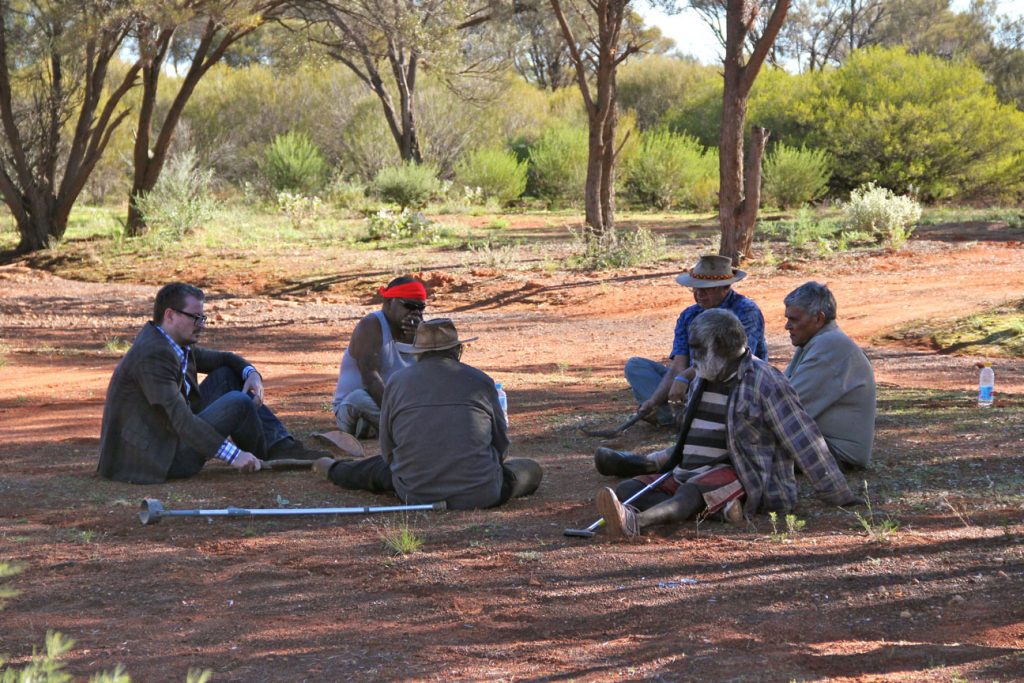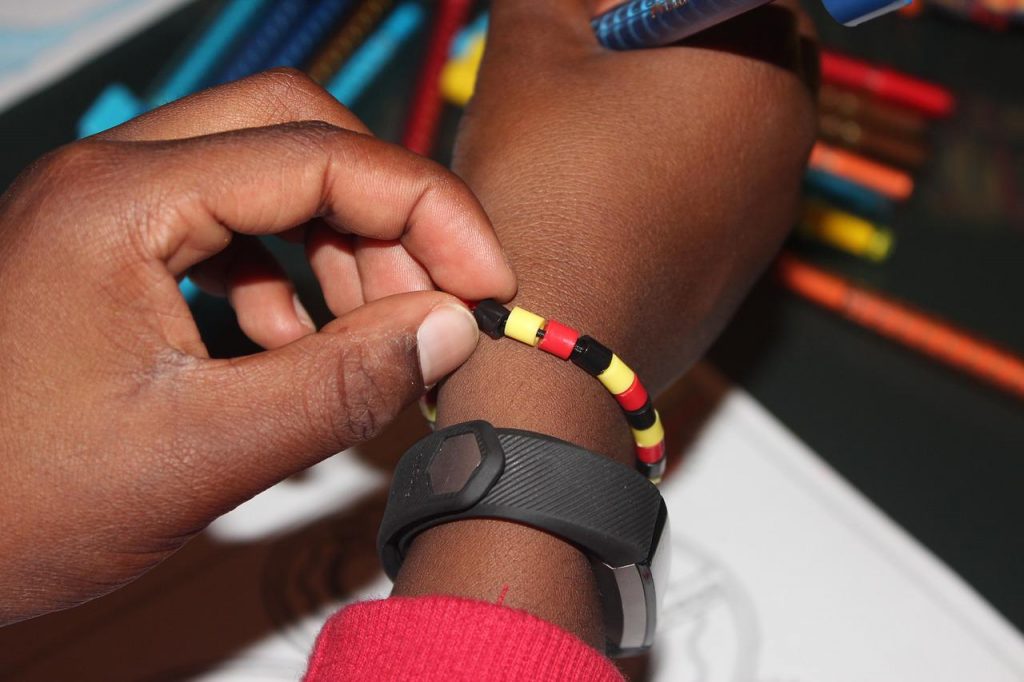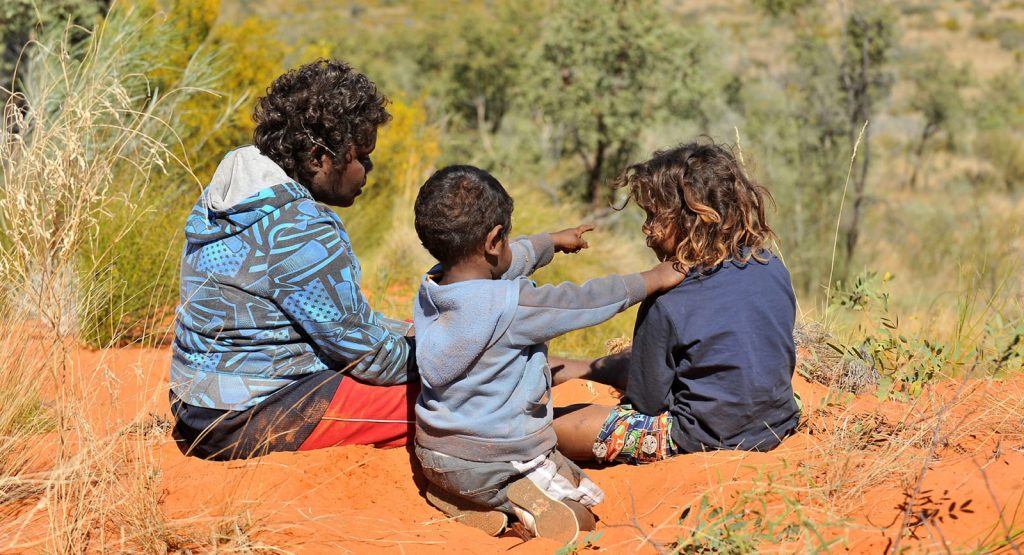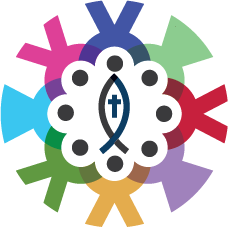Aboriginal and Torres Strait Islander Health Performance Framework

Perceived Health Status of Aboriginal and Torres Strait Islanders
Why it is important
This measure reports on self-assessed health status of Indigenous Australians. Self-assessed health status provides a measure of the overall level of a population’s health based on individuals’ personal perceptions of their own health. Self-assessed health status is dependent on an individual’s awareness and expectations about their health. It is influenced by various factors, including access to health services and information, the extent to which health conditions have been diagnosed and level of education (Delpierre et al. 2009).
Key findings
Overall: In 2014–15 in Western Australia, 41% of Indigenous Australians aged 15 and over self-assessed their health as excellent/very good, 34% as good, and 25% as fair/poor. Nationally in 2014–15, 40% of Indigenous Australians aged 15 and over self-assessed their health as excellent/very good, 35% as good, and 26% as fair/poor.
Excellent/very good health: In 2014–15 in Western Australia, the age-standardised rate for Indigenous Australians who self-assessed their health as excellent/very good was 0.6 times the rate for non-Indigenous Australians (36% compared with 62%).
Nationally in 2014–15, the age-standardised rate for Indigenous Australians who self-assessed their health as excellent/very good was 0.6 times the rate for non-Indigenous Australians (35% compared with 57%).
Good health: In Western Australia in 2014–15, the age-standardised rate for Indigenous Australians who self-assessed their health as good was 1.3 times the rate for non-Indigenous Australians (35% compared with 27%).
Nationally in 2014–15, the age-standardised rate for Indigenous Australians who self-assessed their health as good was 1.2 times the rate for non-Indigenous Australians (35% compared with 29%).
Fair/poor health: In Western Australia in 2014–15, the age-standardised rate for Indigenous Australians who self-assessed their health as fair/poor was 29%, 2.4 times the proportion for non-Indigenous Australians (12%).
Nationally in 2014–15, the age-standardised rate for Indigenous Australians who self-assessed their health as fair/poor was 31%, 2.2 times the rates for non-Indigenous Australians (14%).
Trend over time: The proportion of Indigenous Australians in Western Australia aged 15 and over that self-assessed their health as excellent/very good was stable (40%) from 2008 to 2014–15.
Nationally, the proportion of Indigenous Australians who self-assessed their health as excellent/very good decreased slightly by 4 percentage points between 2008 and 2014–15, from 44% to 40%.
Reference: (2017). Aboriginal and Torres Strait Islander Health Performance Framework 2017: Western Australia. WA Department of Health. Page 52.
Social and Emotional Wellbeing

Why it is important
This measure reports on the social and emotional wellbeing of Indigenous Australians. This is a holistic concept for Indigenous Australians, health is not just the physical wellbeing of the individual but the social, emotional and cultural wellbeing of the whole community (Dudgeon et al. 2014; Gee et al. 2014; SHRG 2004).
Key findings
Overall: In 2012–13 in Western Australia, the age-standardised rate for Indigenous Australians aged 18 and over who reported high or very high levels of psychological distress was 29%, compared with 11% for non-Indigenous Australians.
Nationally, the age-standardised rate for Indigenous Australians aged 18 and over who reported high or very high levels of psychological distress in 2012–13 was 30%, compared with 11% for non-Indigenous Australians.
Hospitalisation: From July 2013 to June 2015 the age-standardised hospitalisation rate for Indigenous Australians in Western Australia for mental health-related conditions was 33 per 1,000, compared with 10 per 1,000 for non-Indigenous Australians. The highest rate for Indigenous Australians was in the 35–44 age group, at 69 per 1,000, compared with 14 per 1,000 for non-Indigenous Australians.
From July 2013 to June 2015 nationally, the age-standardised hospitalisation rate for mental health-related conditions was 29 per 1,000 for Indigenous Australians, compared with 16 per 1,000 for non-Indigenous Australians. The highest rate was in the 35–44 age group (52 per 1,000 for Indigenous Australians, compared with 22 per 1,000 for non-Indigenous Australians).
Deaths: The age-standardised death rate for Indigenous Australians in Western Australia for intentional self-harm in 2011–2015 was 41 deaths per 100,000. This was 3.4 times the rate for non-Indigenous Australians, at 12 deaths per 100,000.
For NSW, Qld, WA, SA and the NT combined in 2011–2015, the age-standardised death rate for Indigenous Australians for intentional self-harm was 23 deaths per 100,000. This was 2.1 times the rate for non-Indigenous Australians, at 11 deaths per 100,000.
Trend over time: The death rate for intentional self-harm for Indigenous Australians in Western Australia between 1998 and 2015 was too volatile to establish a trend. The rate for non-Indigenous Australians decreased by 4%, from 15 per 100,000 in 1998 to 13 per 100,000 in 2015.
For NSW, Qld, WA, SA and the NT combined, the age-standardised death rate for intentional self-harm for Indigenous Australians from 1998 to 2015 increased by 32% and varied from 13 per 100,000 in 1999 to 26 per 100,000 in 2015. The rate for non-Indigenous Australians varied between 9.7 per 100,000 in 2004 and 15 per 100,000 in 1998, but generally decreased by 13%.
Reference: (2017). Aboriginal and Torres Strait Islander Health Performance Framework 2017: Western Australia. WA Department of Health. Page 54.
Access to Traditional Lands

Why it is Important
This measure reports on the proportion of Indigenous Australians living on or visiting traditional areas of land with which they have ancestral or cultural links. Connection to family and community, land and sea, and cultural identity are integral to health from an Aboriginal perspective (NAHSWP 1989). Ongoing access to traditional lands also offers socio-political, economic and environmental benefits (Weir et al. 2011). Access to traditional lands is a determinant of health in remote contexts where Indigenous Australians are more likely to have ownership and control over their Country; it is also a determinant of health for those living in non-remote and urban areas. Research in Victoria has found the role of Country helps strengthen self-esteem, self-worth, pride, cultural and spiritual connection, and positive states of wellbeing (Kingsley et al. 2013).
Key findings
Overall: In 2014–15 in Western Australia, 78% of Indigenous Australians aged 15 and over reported that they recognised homelands or traditional Country. In 2014–15 nationally, 74% of Indigenous Australians aged 15 and over reported that they recognised homelands or traditional Country (Table 2.14.6). The proportion of Indigenous Australians was higher in Remote than Non-remote areas of Australia (89% compared with 70%).
Living on homelands or traditional Country: In 2014–15 in Western Australia, 29% of Indigenous Australians aged 15 and over reported that they lived on their homelands or traditional Country.
In 2014–15 nationally, 23% of Indigenous Australians aged 15 and over reported that they lived on their homelands or traditional Country.
Visiting homelands or traditional Country: In 2014–15 in Western Australia, 48% of Indigenous Australians aged 15 and over reported that they were allowed to visit their homelands or traditional Country, and less than 1% were not allowed to visit.
Nationally in 2014–15, 50% of Indigenous Australians aged 15 and over were allowed to visit their homelands or traditional Country, and 1% reported not being allowed to visit.
Identifying with clan, tribal or language group: In 2014–15 in Western Australia, a higher proportion of Indigenous Australians aged 15 and over reported that they identified with a clan, tribal or language group (70%). The proportion that did not identify was 30%.
In 2014–15 nationally, the proportion of Indigenous Australians aged 15 and over who reported that they identified with a clan, tribal or language group was lower than the proportion for Western Australia, 62% compared with 70%.
Reference: (2017). Aboriginal and Torres Strait Islander Health Performance Framework 2017: Western Australia. WA Department of Health. Page 96.
Cultural Competency

Why it is Important
This measure reports on aspects of cultural competency, including discrimination and barriers to accessing services for Indigenous Australians. Improving the cultural competency of health-care services can increase Indigenous Australians’ access to health care, increase the effectiveness of care that is received, and improve the disparities in health outcomes (Freeman et al. 2014). Cultural competency can be measured directly (self-reporting on patient experience) or indirectly (for example, discharge against medical advice—see measure 3.09—and employment of Indigenous health workers) (AHMAC 2017). However, there is limited data available on the cultural competence of health services (Paradies et al. 2014) or on effectiveness of interventions to address cultural competency in health care for Indigenous people (Clifford et al. 2015; Truong et al. 2014).
Key findings
Overall: In 2012–13 in Western Australia, 28% of Indigenous Australians aged 2 and over were reported to have not seen a health provider when it was necessary. The dentist was the most common service not accessed when needed (20%), with cost the most common reason (45%). For Indigenous Australians of all ages, other services that were not accessed when needed were doctors (12%), other health professionals (7%) and hospitals (6%). For those aged 18 and over, 7% did not access counsellors.
In 2012–13 nationally, 30% of Indigenous Australians aged 2 and over, were reported to have not seen a health provider when it was necessary. The dentist was the most common service not accessed when needed (21%), with cost the most common reason given (43%). For Indigenous Australians of all ages, other services not accessed when needed included doctors (14%), other health professionals (9%) and hospitals (6%). For those aged 18 and over, 9% did not access counsellors.
Barriers: In 2012–13, 46% of all Indigenous Australians in Western Australia reported that they did not access a health provider due to logistical reasons (including waiting time was too long or not available at the time it was required, transport or distance, and service was not available in the area). Also, 25% of Indigenous Australians did not access a health service for reasons relating to the cultural appropriateness of the service.
Nationally in 2012–13, 40% of all Indigenous Australians reported that they did not access a health service for logistical reasons, and 32% for reasons relating to the cultural appropriateness of the service.
Patient experience: In 2012–13 in non-remote areas of Western Australia, Indigenous Australians aged 15 and over responded with ‘always/usually’ when asked how often doctors: spent enough time with the patient (88%); explained things in a way that could be understood (91%); listened (93%); and showed respect for what was said (92%). Nationally in 2012–13, Indigenous Australians aged 15 and over in non-remote areas responded with ‘always/usually’ to how often doctors: spent enough time with the patient (85%); explained things in a way that could be understood (87%); listened (89%); and showed respect for what was said (89%).
Reference: (2017). Aboriginal and Torres Strait Islander Health Performance Framework 2017: Western Australia. WA Department of Health. Page 131.

